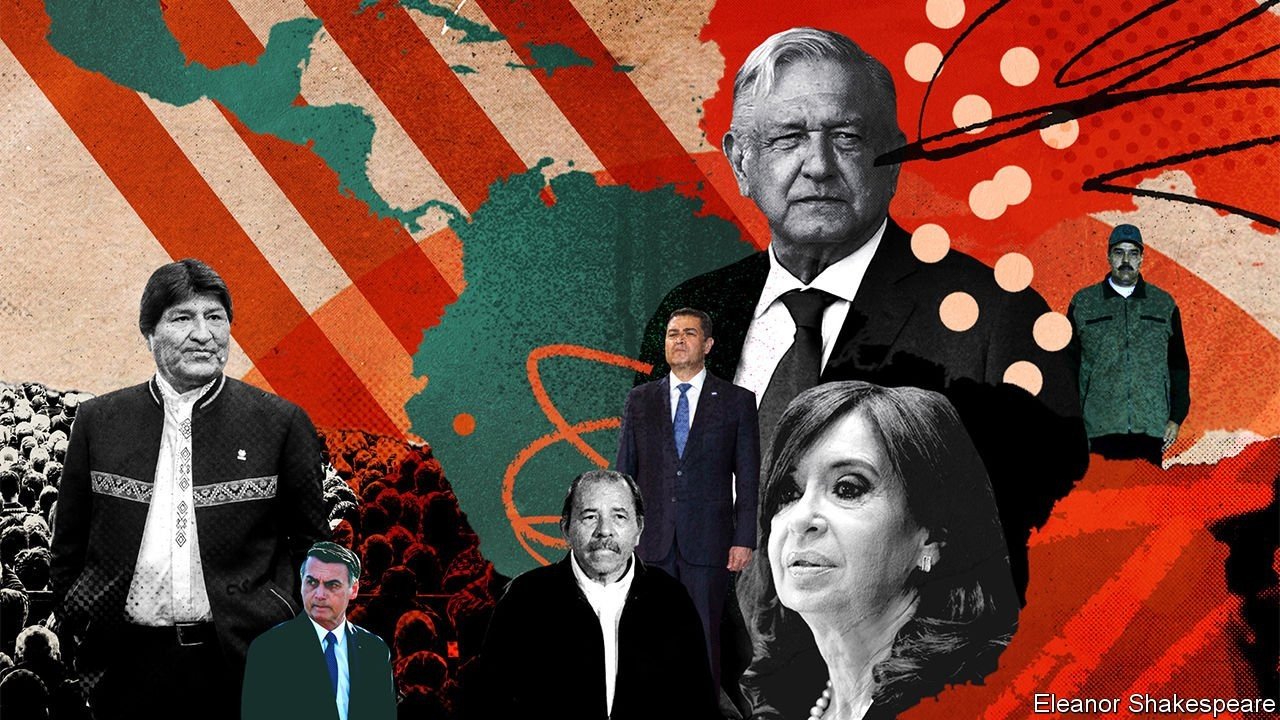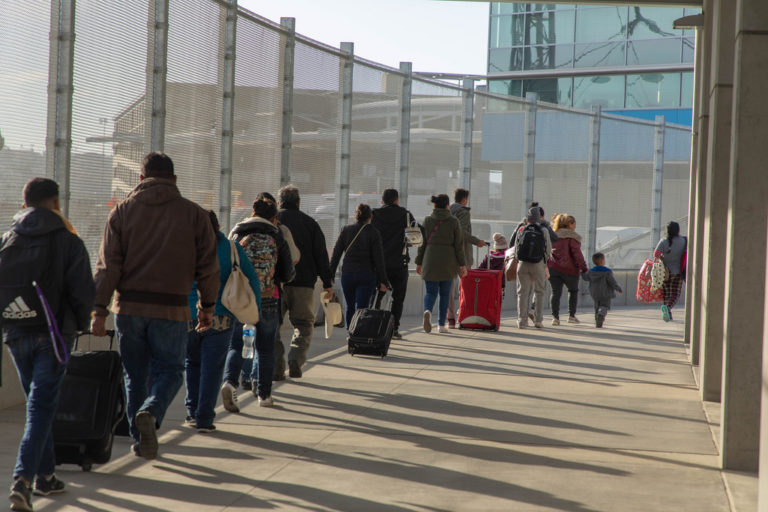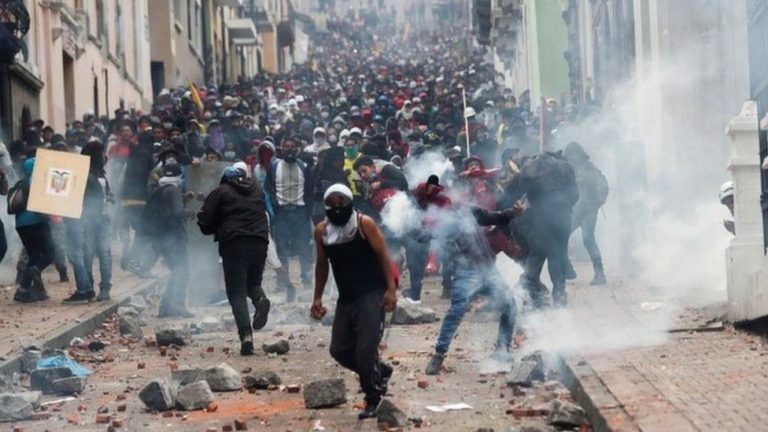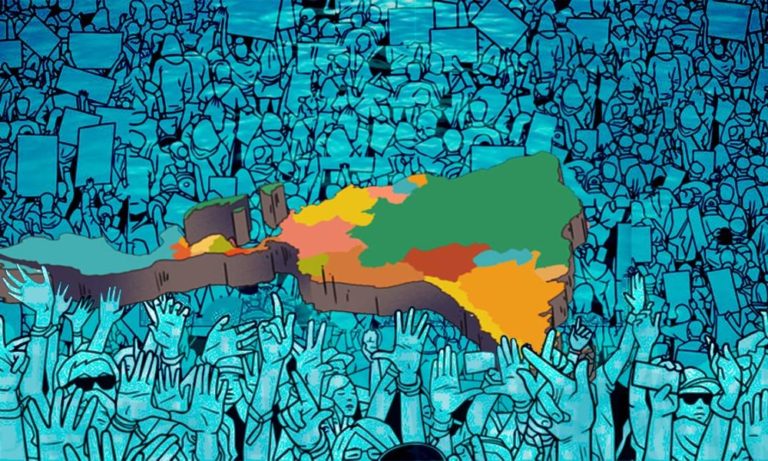
By all accounts, not Latin Americans. Across the region, populist parties have become a common fixture on electoral ballots. Its representatives have become increasingly central (although not always popular) figures in the landscape of Latin American politics. They have come to power with promises of prosperity, progress and good governance. What they have delivered has been the polar opposite.
From Mexico to Argentina, the rise of populist movements and leaders has been inevitable. Populism on the left, and on the right, has become a regional phenomenon, represented by leaders such as Andres Manuel Lopez Obrador, Cristina Kirchner, Daniel Ortega, Nayib Bukele, and Jair Bolsonaro. Despite failing to bring substantial social, political, and economic development to the region, many Latin American populists have spent a significant amount of time in power. Some, such as Venezuela’s Maduro and Nicaragua’s Ortega, have remained in power by resorting to authoritarianism. Others, however, have come to power, and remained there, with the support of voters. The question is: why?
Latin America is one of the most unequal places in the world. Over 600 million Latin Americans, approximately one-third of the population, live in extreme poverty. Politicians in the region have seized on this condition of relative deprivation, to advance their own interests. Nicaragua’s Daniel Ortega, once a Marxist revolutionary who sought to topple dictator Anastasio Somoza, rose to power as a “responsible populist.” His Sandinista party initially pursued policies of nationalisation, land reform, and wealth redistribution, aimed at addressing inequality. Ortega, now in his fifth term as president, has used his influence to amass land and strategic businesses in media, energy, and more, while abandoning the economic policies he implemented in his first term and pursuing an increasingly capitalist economic program.
Dating back as early as Juan Perón in Argentina in the 1940s, left-wing populists have profited from the region’s inequality, using it to entice voters with promises of a better material reality. In doing so, they have also relied upon existing class divisions, reinforcing these inter-group conflicts through their own rhetoric. Argentina’s former president, and now vice president, Cristina Fernández de Kirchner, ascended by promoting some of the same ideals Perón had espoused half a century ago. With social policies that include child allowances, increased pensions, and improved labor rights, she gained popularity, particularly among the working class. During her party’s time in power, Argentina’s voters have become increasingly polarised, creating a phenomenon known locally as la grieta (“the crack”). The split between peronists and non-peronists, or anti-Kirchnerists, has been somewhat reflective of the socio-economic status of voters. Those in the country’s richest districts have tended to vote in favor of the opposition, shunning the Peronists and their policies.
Populists on both sides of the political spectrum have thrived on the politics of division, while leaders, such as Brazil’s Jair Bolsonaro, have increasingly benefited from factors such as existing polarisation and conspiracy theories.
The region’s populists have claimed a monopoly on political representation, being the sole defenders of the people against the corrupt elite or the political class. In countries such as Argentina, Brazil, Chile and Peru, populists have previously come to power amid dissatisfaction with the country’s economic performance. In doing so, they have pursued swift economic reform, which tended to prioritise income redistribution, employment, and growth, while neglecting factors such as inflation. When the consequences of their fiscal and monetary policies (including rising inflation) were visible, they often lost power. In doing so, populists have produced “short term gain and long term pain,” resulting in an economic nightmare for citizens across the region.
Latin America’s populist leaders have held the region in a state of under-development. They have failed economically, trapping citizens in a vicious cycle in which inflation and poverty have become the norm. The region’s economies grew at a rate of one percent in 2018 and zero percent in 2019: a rate insufficient to sustain gains in social mobility from the early 2000s. Over 33 percent of the population lives in poverty, while 53 percent of the workforce forms part of the informal economy, making them especially vulnerable to economic volatility.
Populism has shaped Latin America’s past and its present. Will it also be its future?



